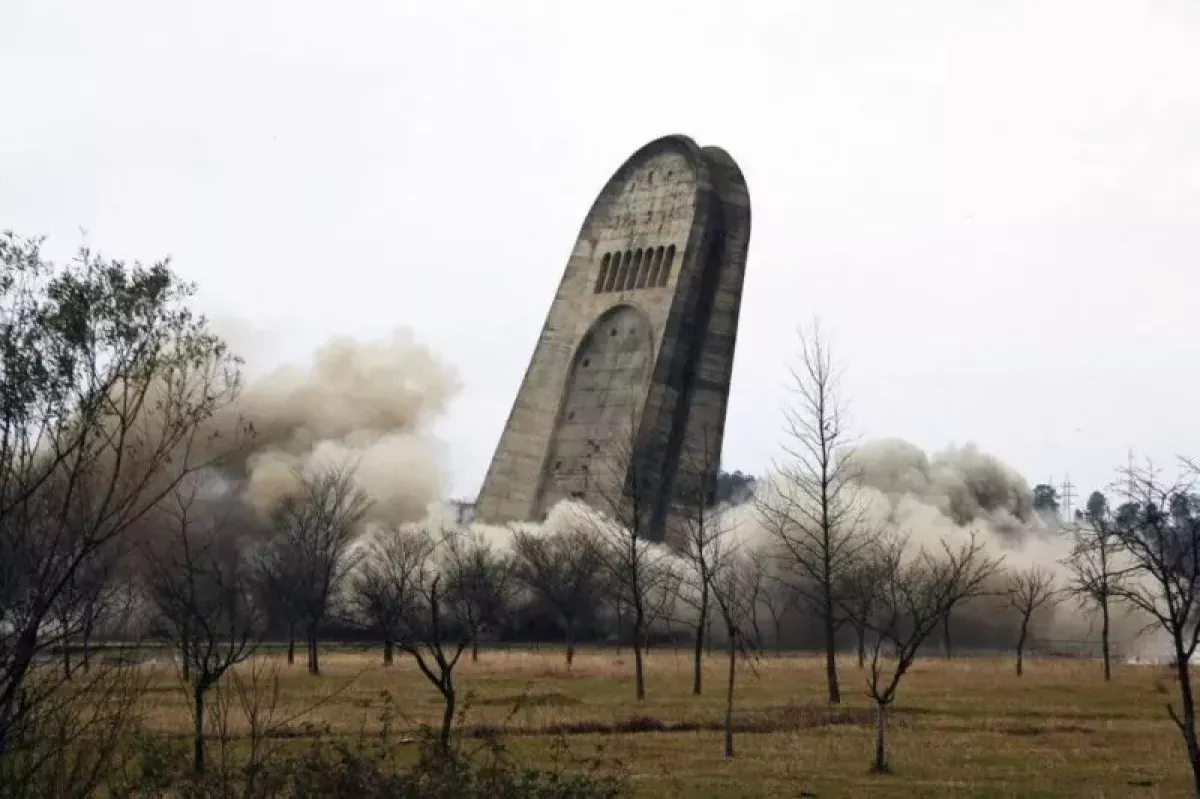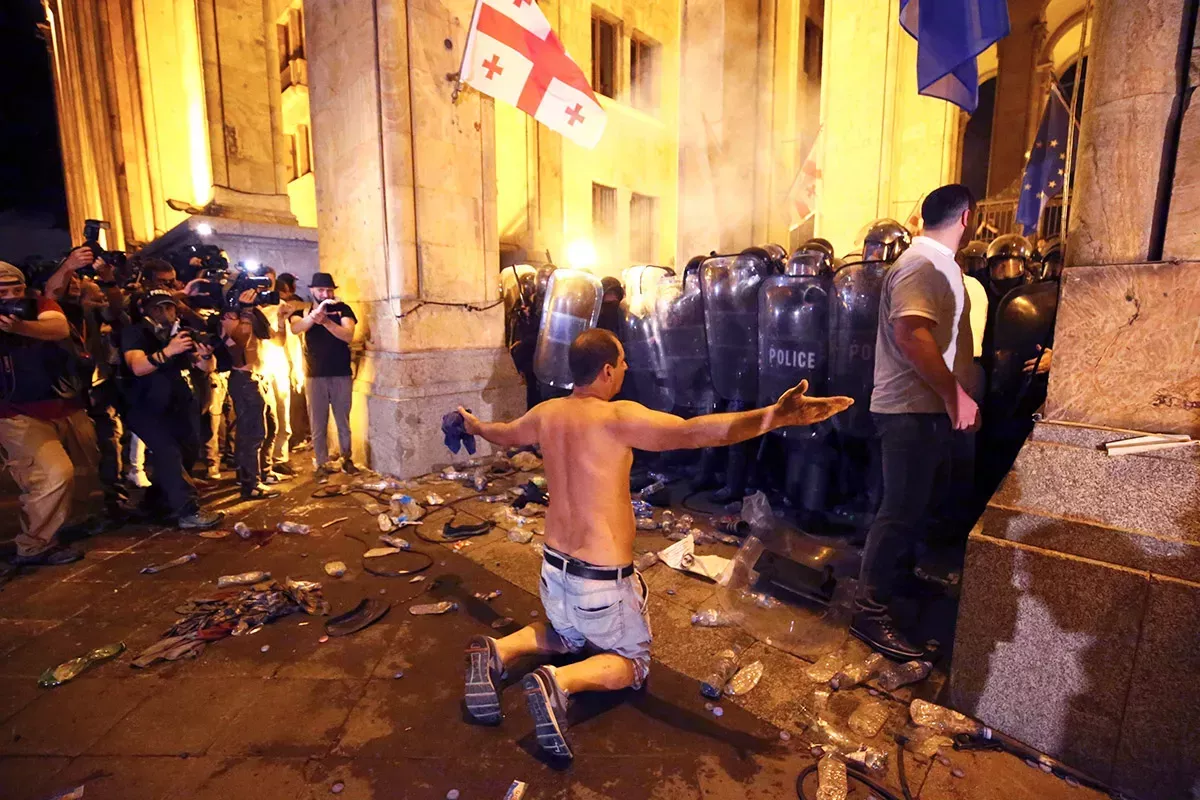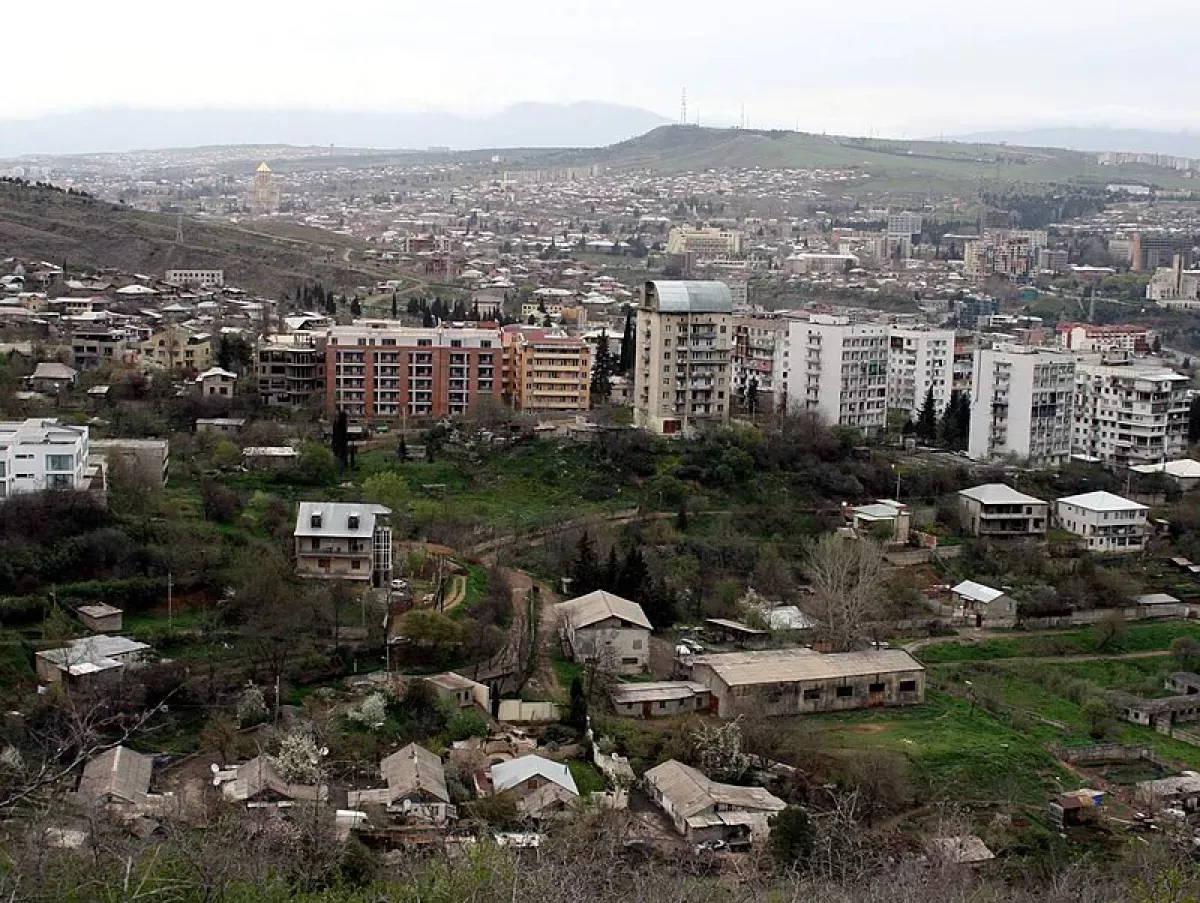Georgian authorities eye new government hub to ease capital congestion From Kutaisi to outskirts of Tbilisi
Georgian authorities plan to create a dedicated "government city" to house most of the country’s central state institutions. This does not mean the capital will be relocated — the new complex will be built within Tbilisi, either in one of its districts or on the outskirts. Prime Minister Irakli Kobakhidze has tasked the Municipal Development Fund with preparing the project design and budget, aiming for the "government city" to be ready by 2026.

There are objective reasons to optimise Tbilisi’s role as the capital. In Georgia, as in most post-Soviet countries, there is a problem of the capital growing disproportionately compared to other cities. Different countries address this issue in different ways.
After gaining independence, Kazakhstan moved its capital from Almaty, located in the “southeastern corner” of the country, to Akmola in the north, closer to the geographic center (known as Tselinograd during the Soviet era). Today, the capital is Astana, where all central government bodies are based. At the same time, Almaty has remained Kazakhstan’s largest metropolis and its business capital, but it is also experiencing a construction boom and struggling with traffic congestion and air pollution. According to experts, if the capital had not been moved, Almaty’s environmental and transportation problems could be even more severe.
Tbilisi is also experiencing a construction boom, worsened by the city streets’ inability to handle the increased traffic. As a result, congestion is becoming a serious problem, already affecting the city’s ability to fulfill its role as the capital. Government agencies, ministries, and departments are scattered across the city, making it difficult to travel between them during peak hours. Moreover, many ministries and agencies are housed in older buildings that not only require renovation but would also be better suited for other functions within the urban environment.

An earlier attempt to “ease the pressure” on Tbilisi was made by previous authorities. Former President Mikheil Saakashvili initiated the relocation of the country’s parliament from Tbilisi to Kutaisi, with the expectation that, over time, a significant portion of other government bodies would also move there. At the same time, on his initiative, the Constitutional Court was moved from Tbilisi to Batumi. Today, the Court functions successfully in Batumi, but the situation with the parliament in Kutaisi turned out differently.
The construction of the parliament building in Kutaisi was highly controversial. Authorities decided to build it on the site of a World War II memorial, which drew strong criticism, particularly from older generations in Georgia. The move also provided Russia with grounds to accuse former President Mikheil Saakashvili and his government of disrespecting the country’s historical memory.

In December 2009, the memorial was demolished using explosives, accidentally killing two people — a mother and her daughter.
Ironically, it was in the new parliament building that Mikheil Saakashvili’s political downfall took shape. Ahead of the 2012 parliamentary elections, he had planned to become prime minister after serving two presidential terms. A constitutional reform had been implemented to make the presidency largely ceremonial, transferring most executive powers to the parliament and the government it formed. However, Saakashvili’s party, the United National Movement, lost the elections. Georgian Dream won a parliamentary majority, began holding sessions in the new Kutaisi building, and formed its first government under Bidzina Ivanishvili.
It soon became apparent that relocating the parliament to Kutaisi created major logistical challenges, since the government and most central agencies remained in Tbilisi. Running the parliament from its new location required a sharp rise in budgetary spending on top of the costs of constructing and maintaining the building. MPs ended up working on a rotational basis, constantly commuting between Kutaisi and Tbilisi, which drained both time and resources.
The parliament’s move to Kutaisi was intended to boost the city’s development. While Kutaisi did experience some growth, this was largely driven by the opening of an international airport on the site of the former Kopitnari military airfield.
In the end, the parliament was returned to Tbilisi in 2019. The decision reflected that the ruling Georgian Dream party was focused not only on maintaining power but also on improving the efficiency of government administration.

In the summer of 2019, shortly after the parliament returned to Tbilisi, protesters made their first attempt to stage a “Maidan” and violently storm the building during what became known as “Gavrilov Night.”
At the time, outrage over a Russian State Duma deputy sitting in the speaker’s chair of the Georgian parliament was channeled by opposition leaders into destructive actions. It was clear, however, that if the parliament had still been in Kutaisi, the storming would have been largely pointless.
Since then, the opposition has made additional attempts to storm the parliament, the most serious occurring in 2024, when authorities were able to prevent bloodshed only through swift preventive action. Today, the situation has stabilised, and protests near the parliament have become small and marginal.
Nevertheless, the problem of government agencies being scattered across different districts of Tbilisi, a city already struggling with traffic issues, remains. It is clear that removing a significant portion of the traffic caused by civil servants traveling between ministries could help partially “relieve” the city’s streets.
The idea of a dedicated district housing all of Georgia’s ministries is not new. The Georgian Dream party discussed it as far back as 2017, with the Ortachala district in Tbilisi being considered a possible location.

However, Ortachala is effectively part of Tbilisi’s central districts, with all the usual traffic problems, and very little available land for new construction. Placing the “government city” there would likely worsen the situation.
By contrast, Tbilisi’s outskirts—on territories under the city’s administration—still have large stretches of undeveloped land, including vacant lots, shrublands, and expansive forests in the surrounding mountains.

Private houses and luxury cottage communities are being actively built in these areas, making the preservation of nature and the development of Tbilisi’s outskirts a particularly pressing issue. It is likely that these peripheral territories within the city’s administrative boundaries will be considered for the location of the “government city.”
Vladimir Tskhvediani, Georgia, exclusively for Caliber.Az








